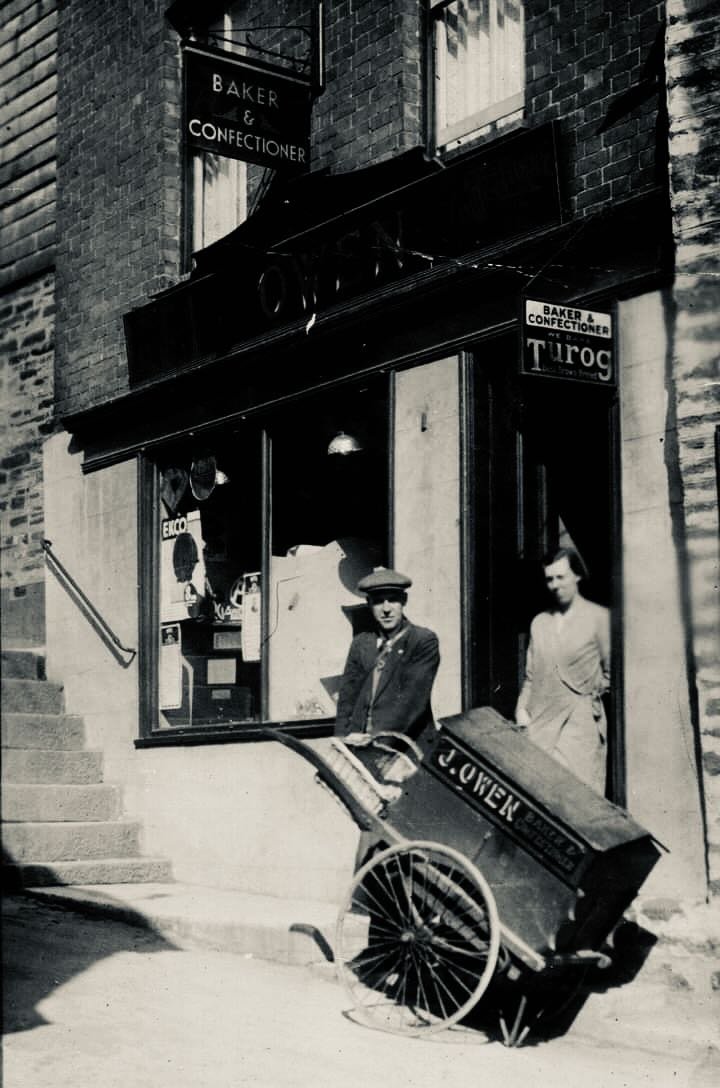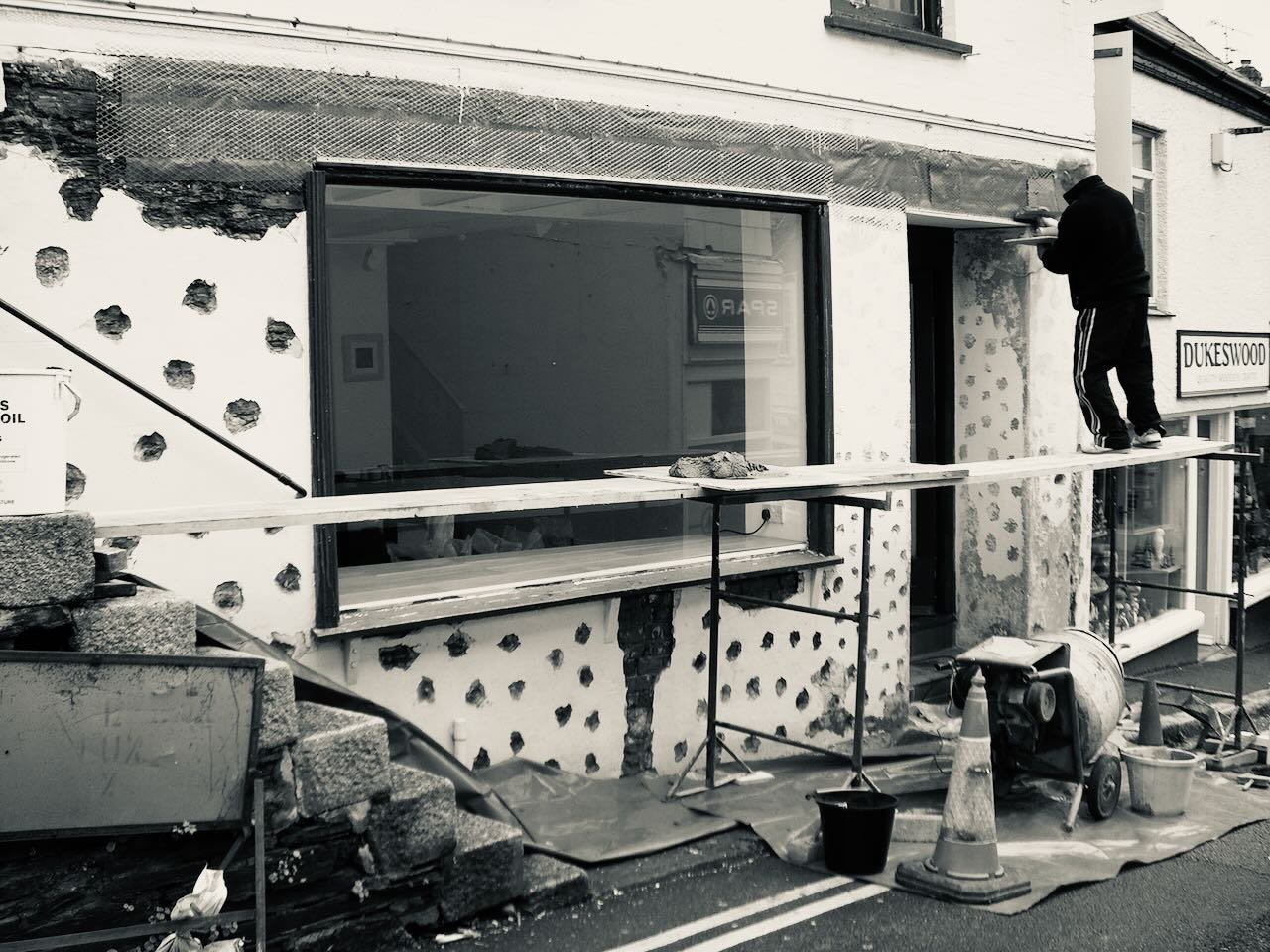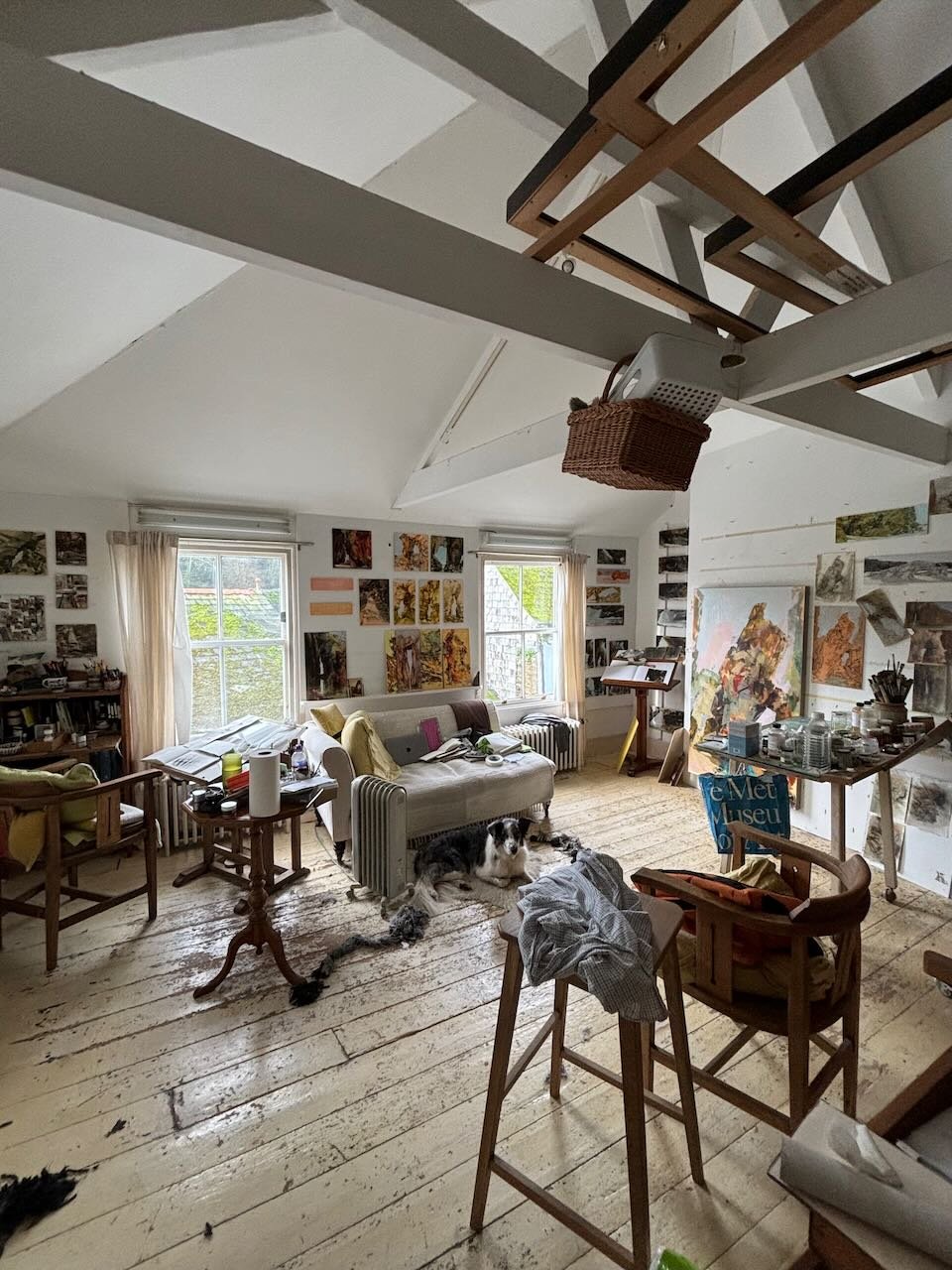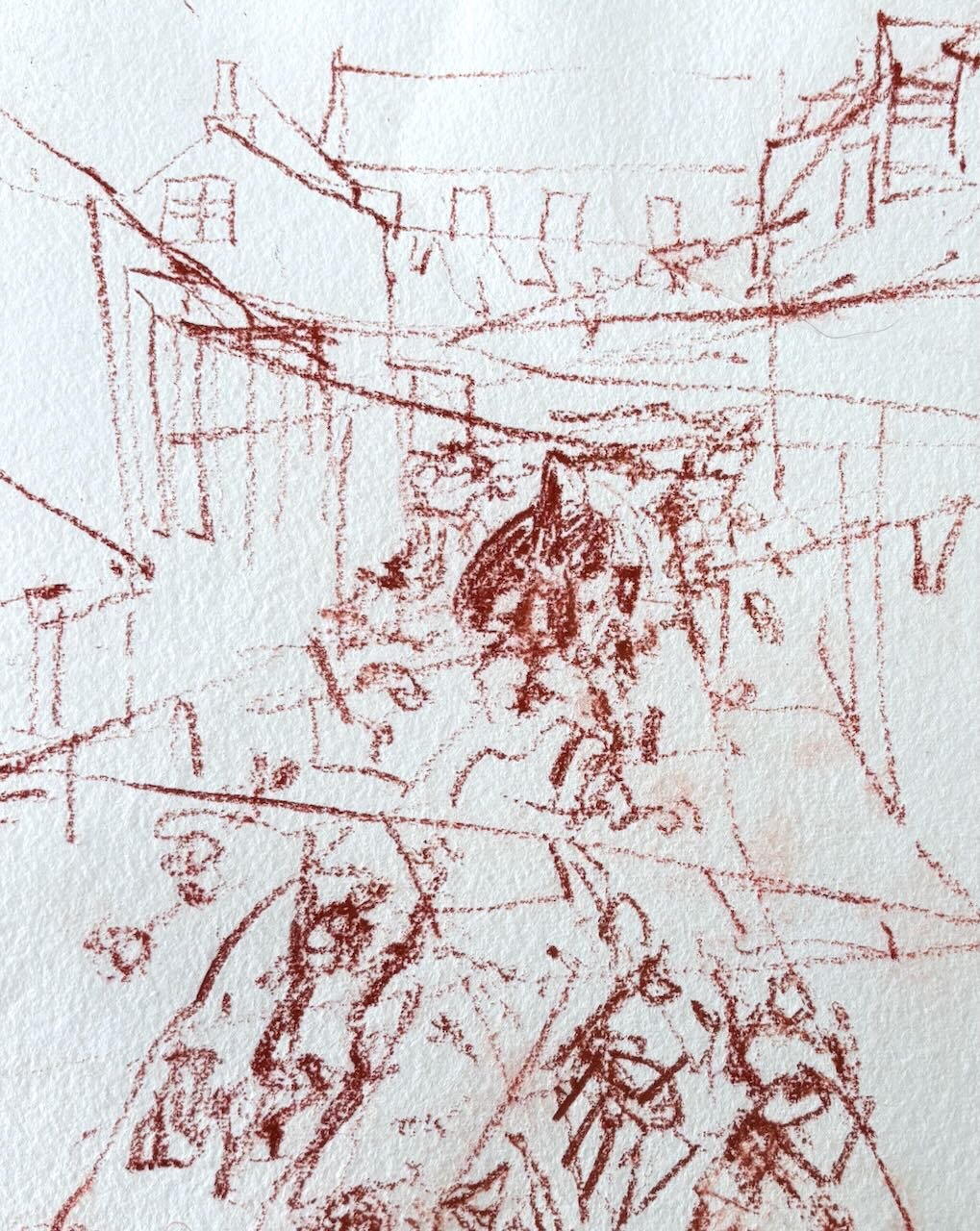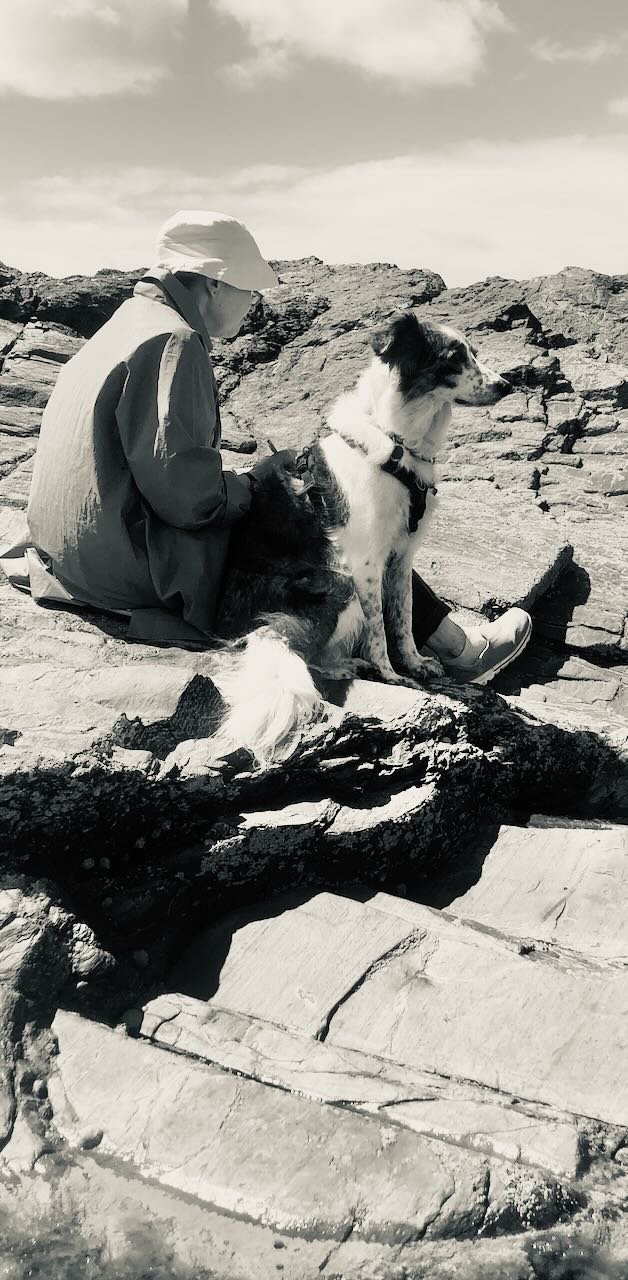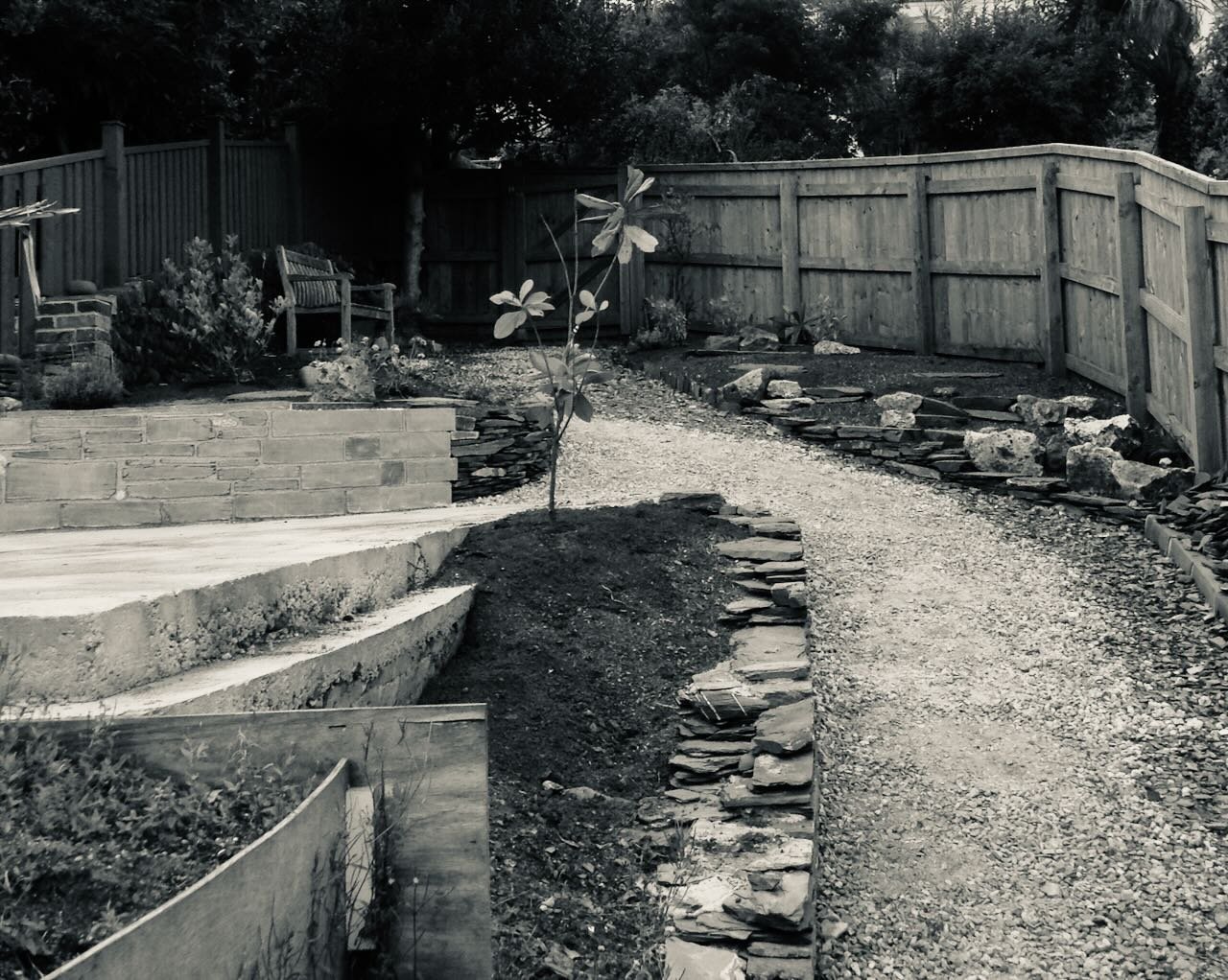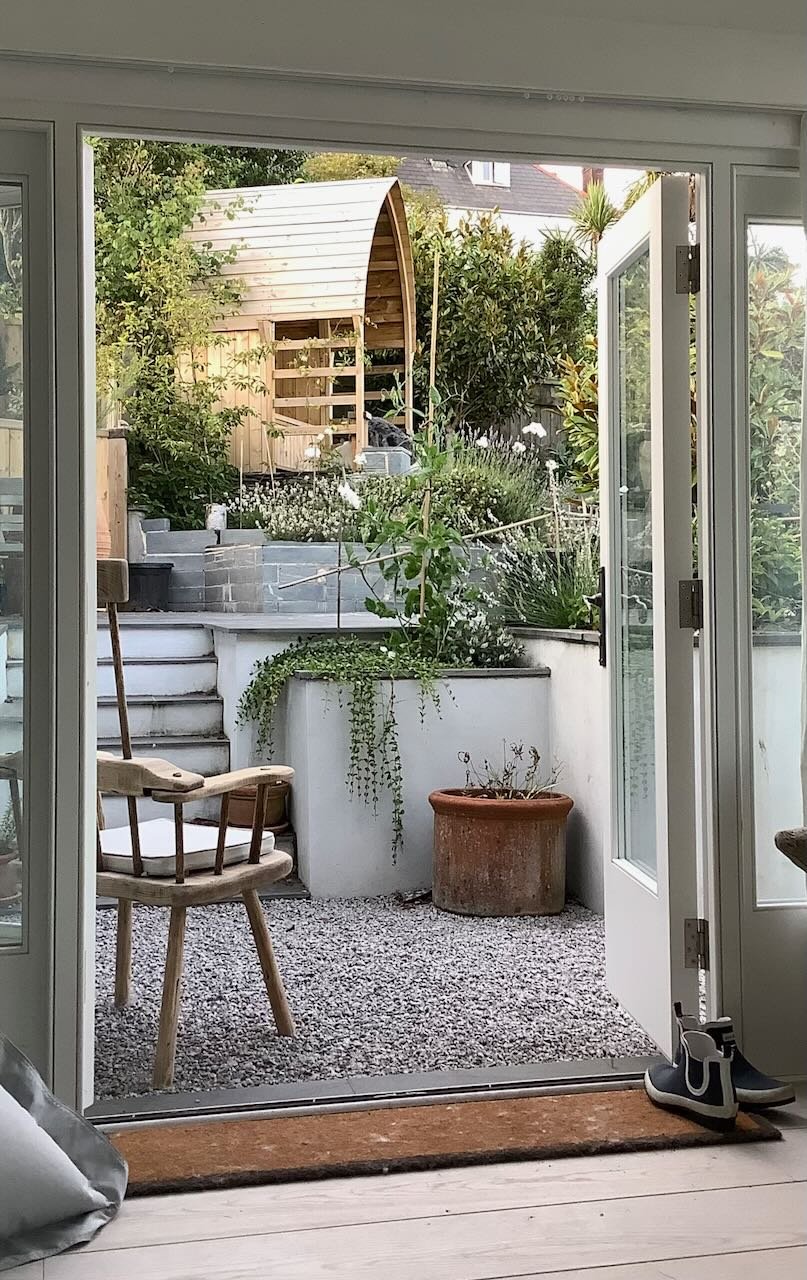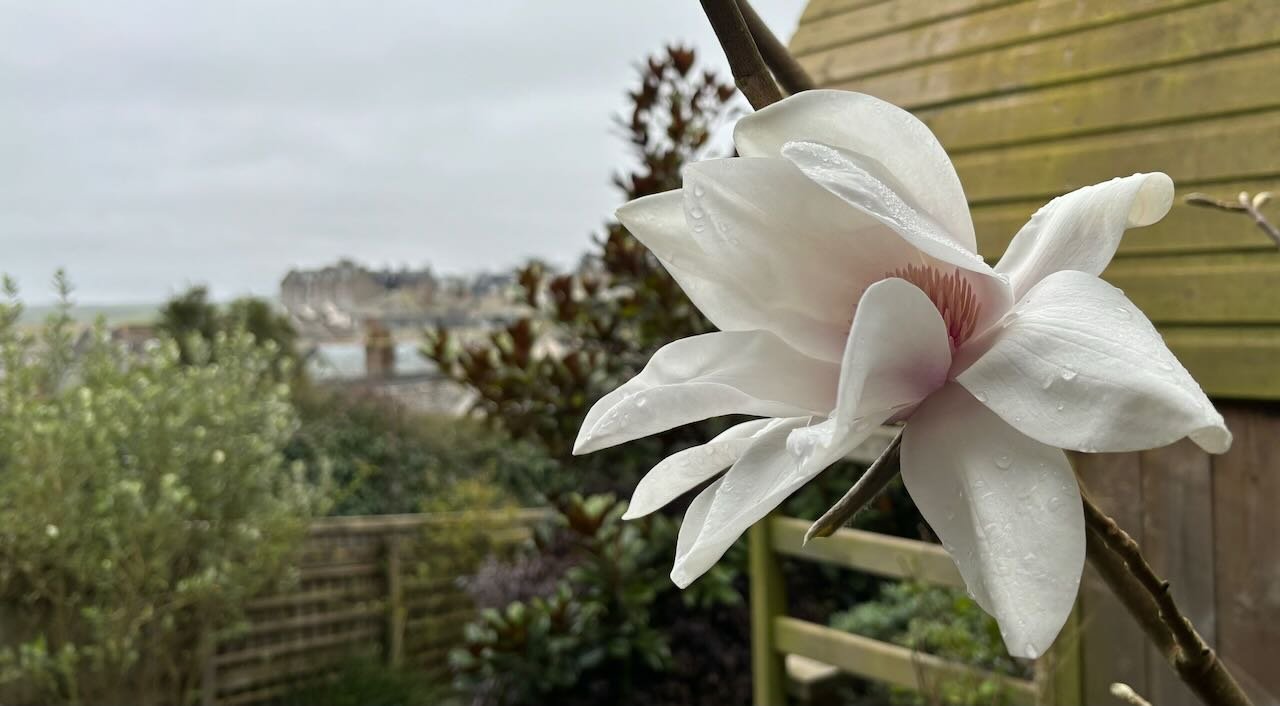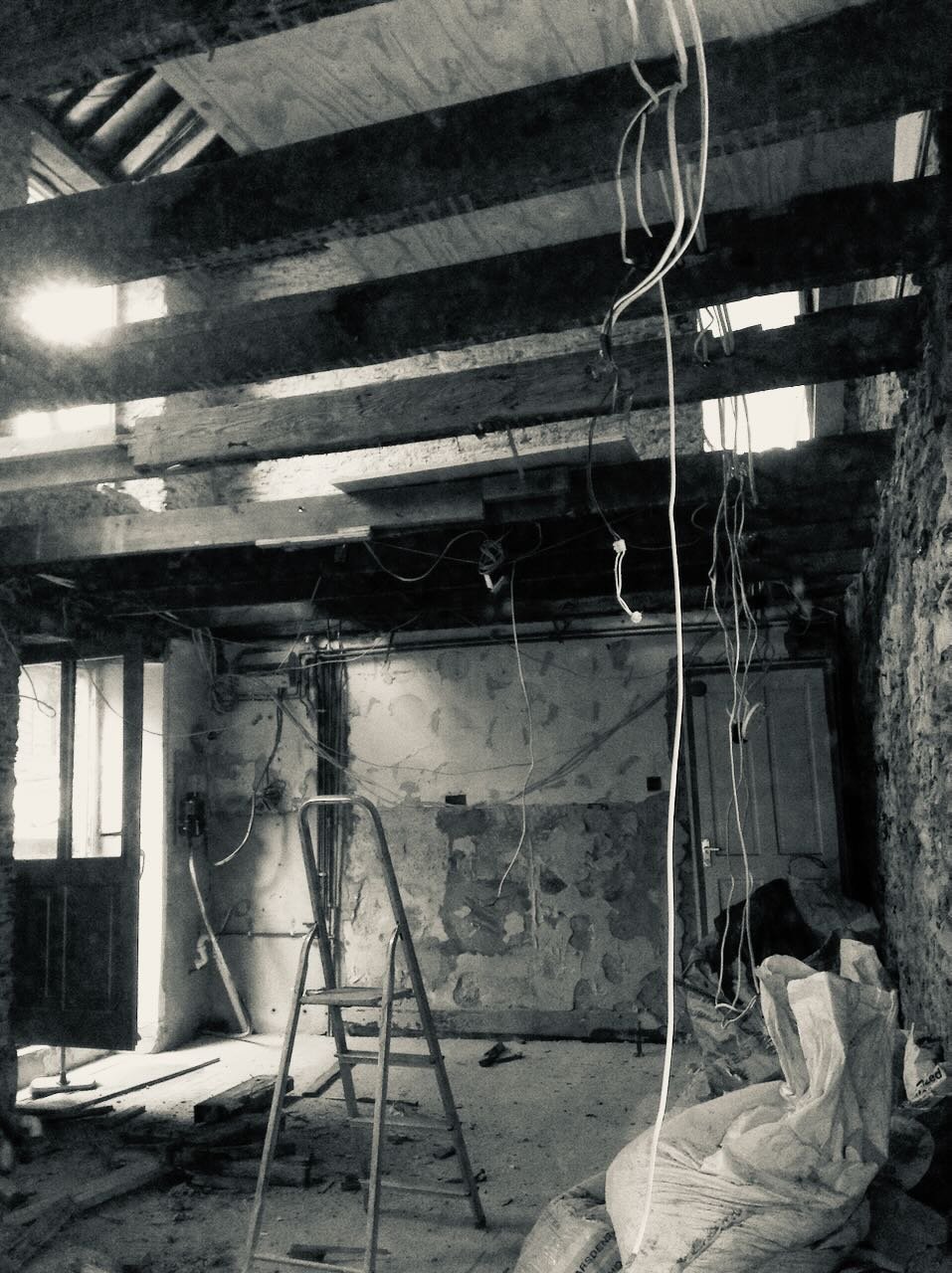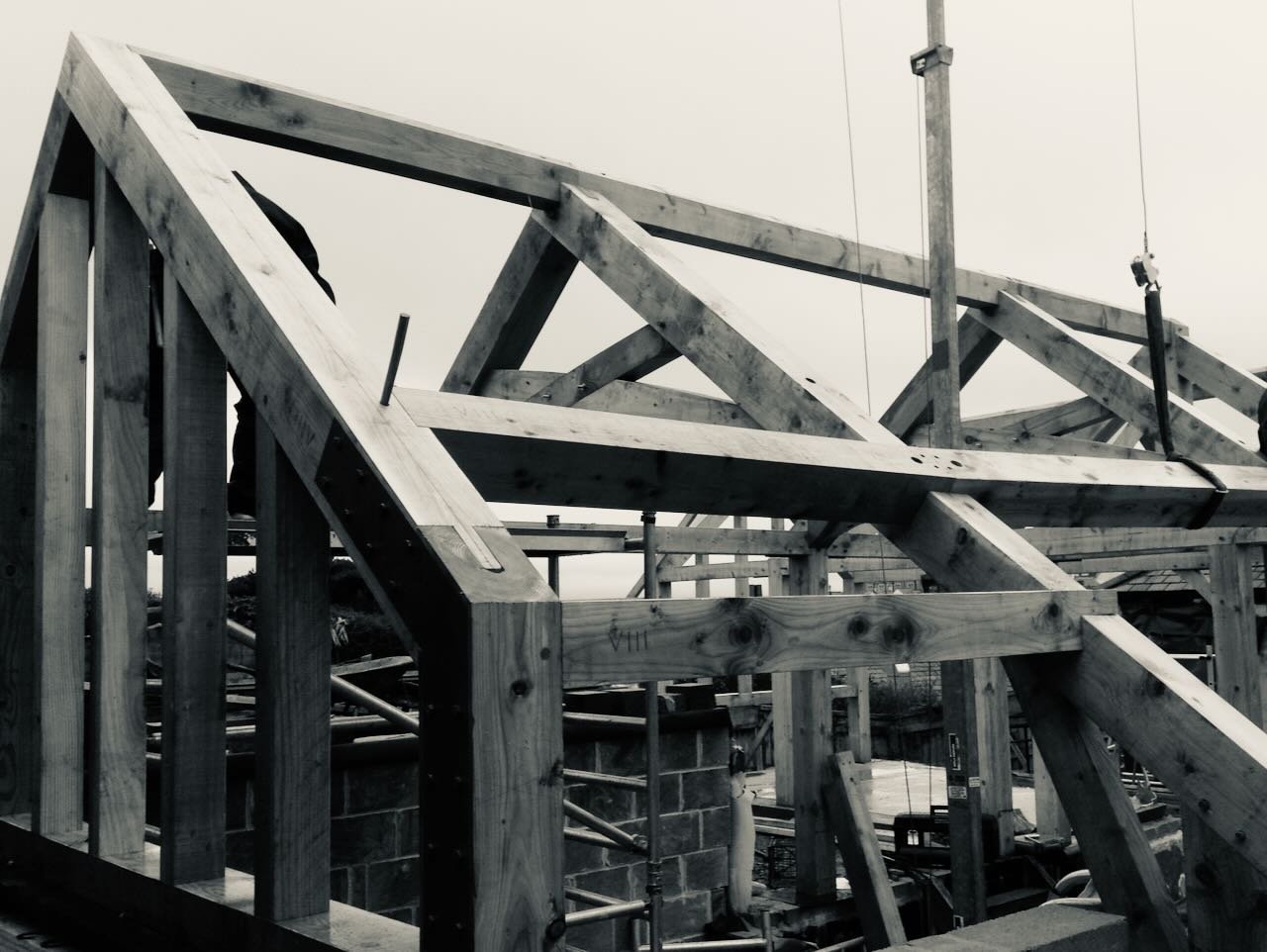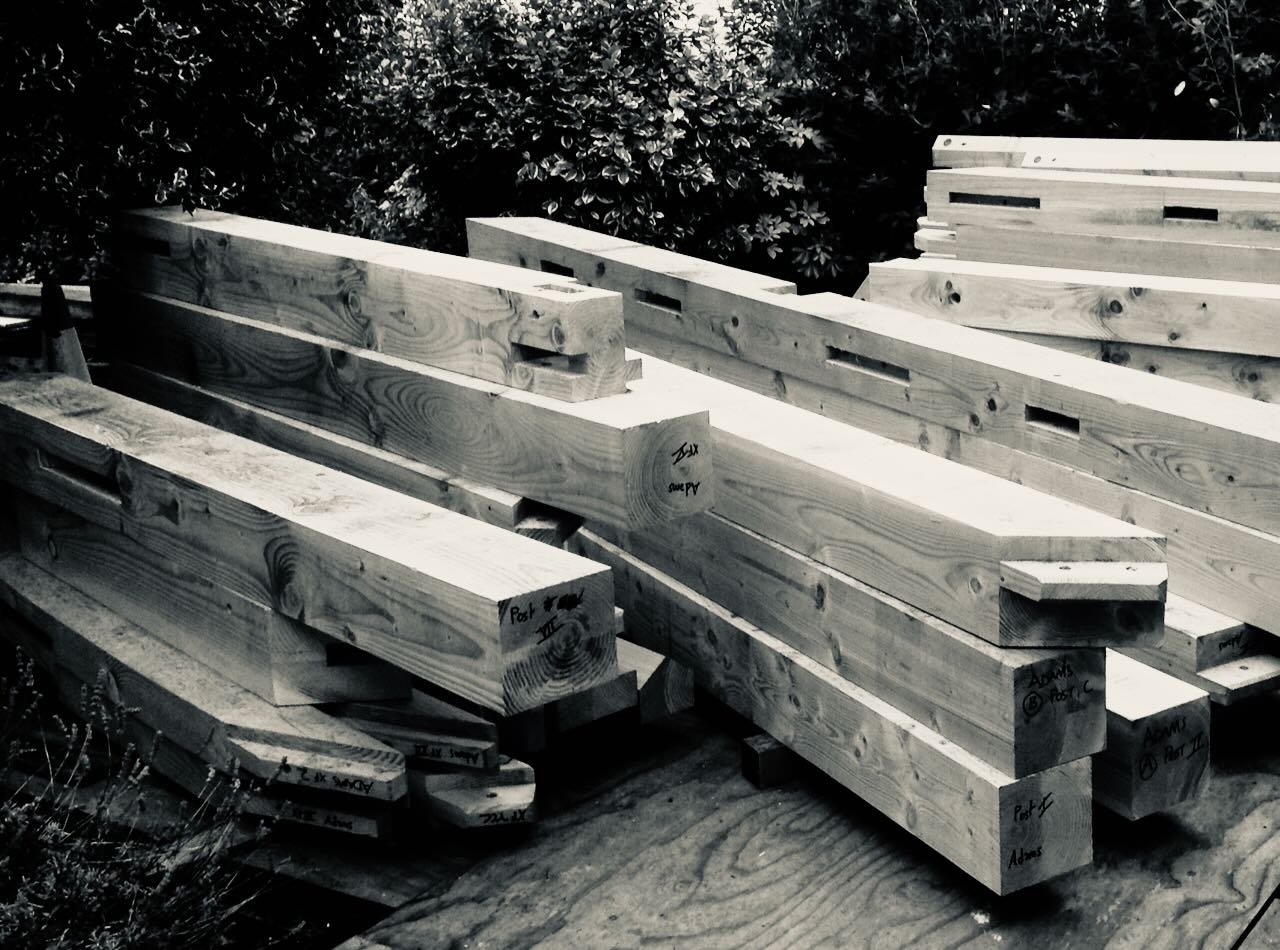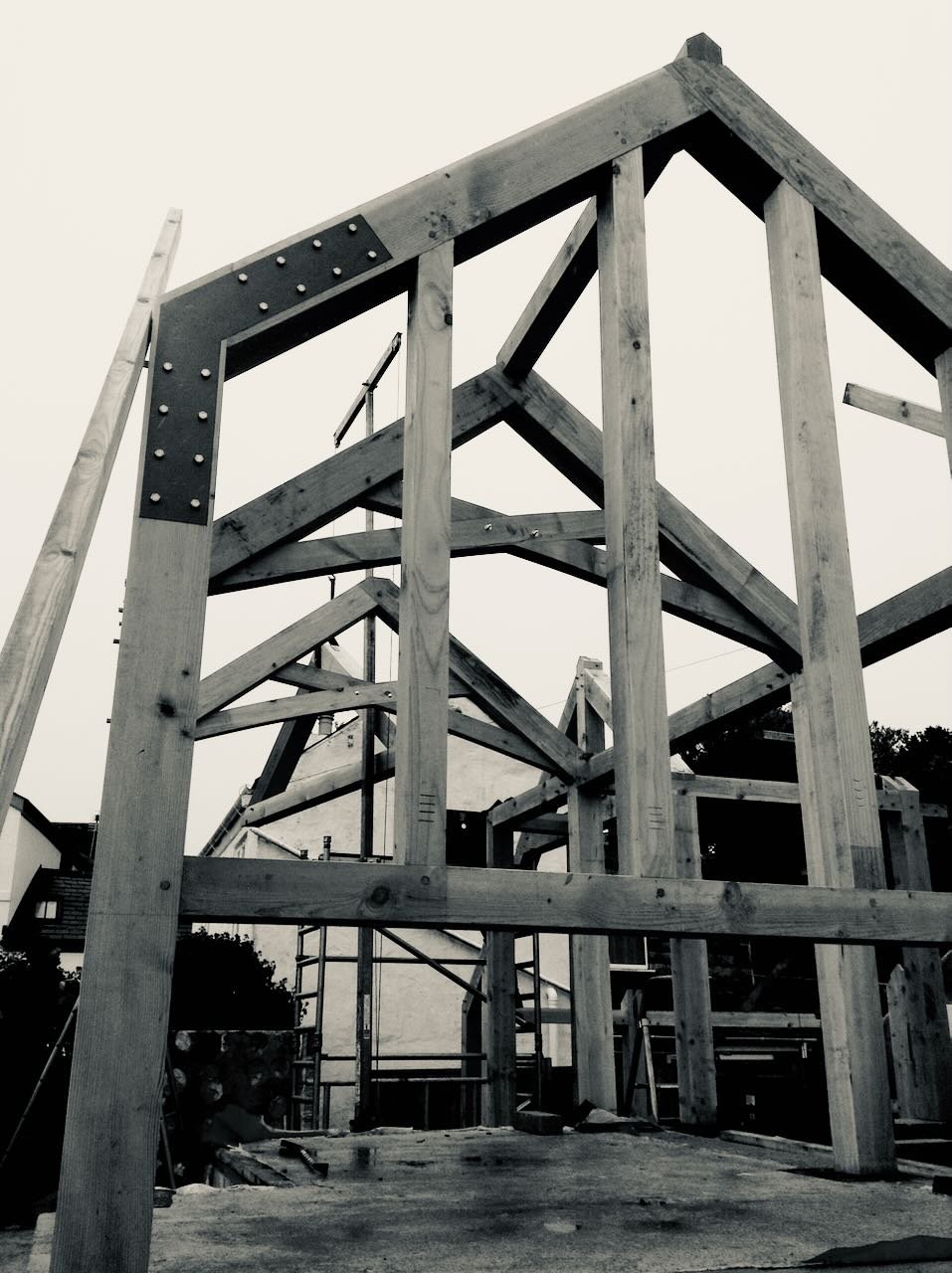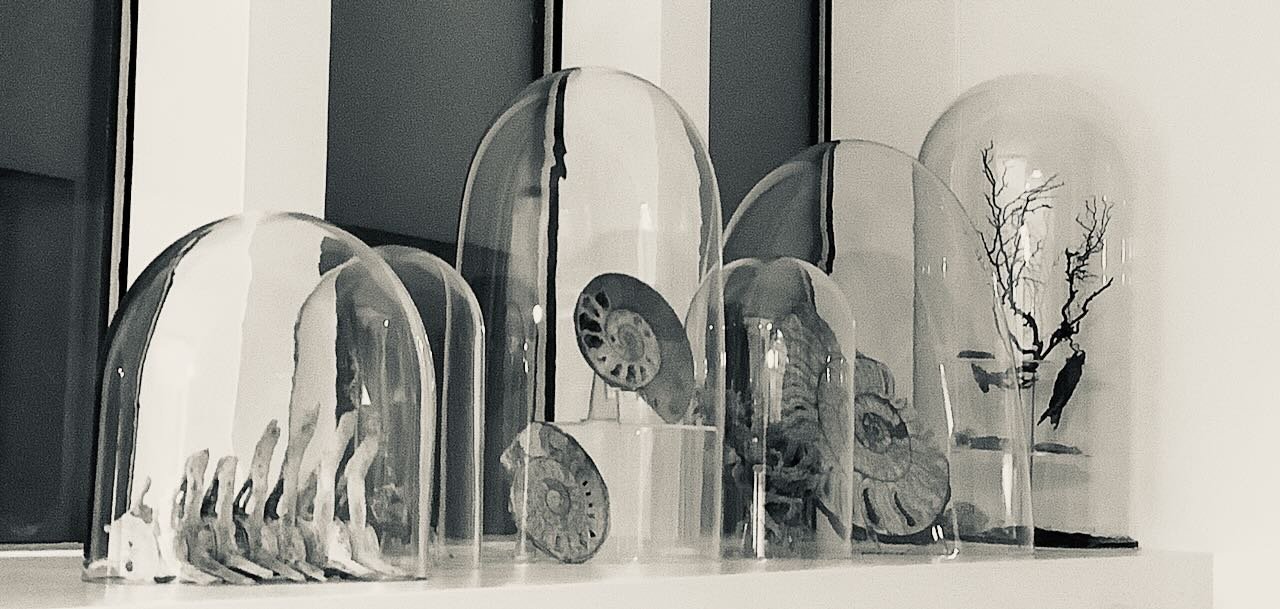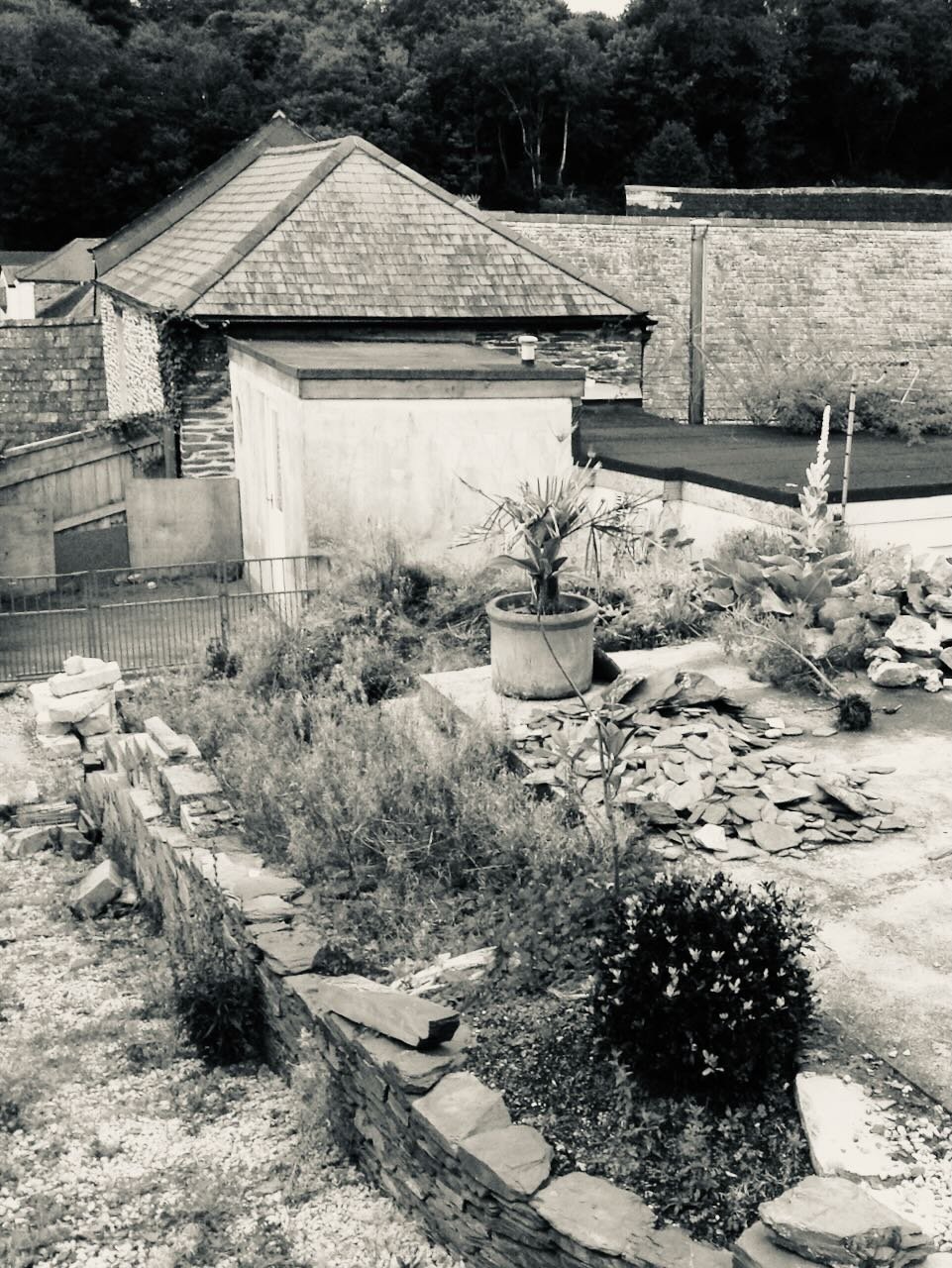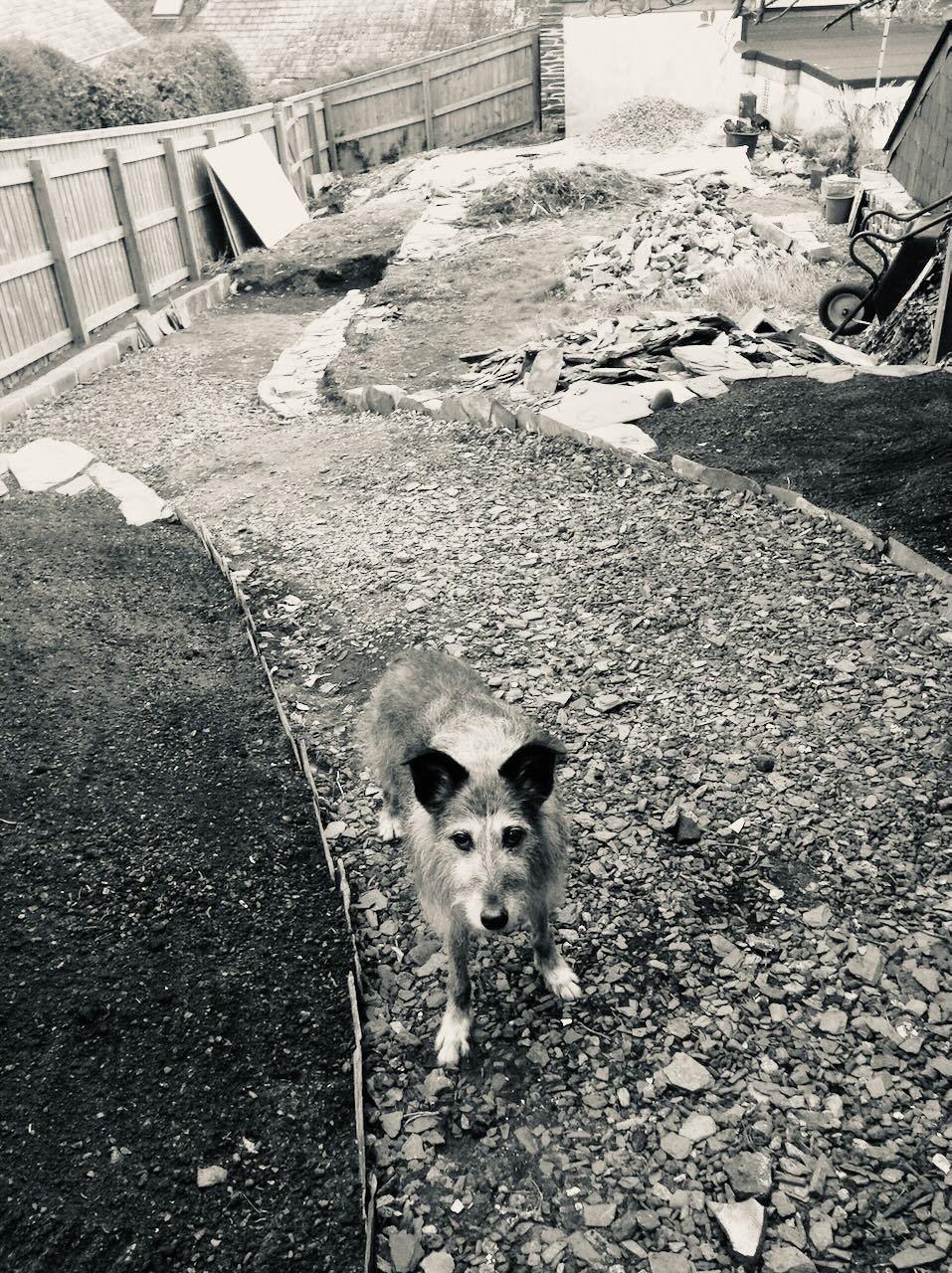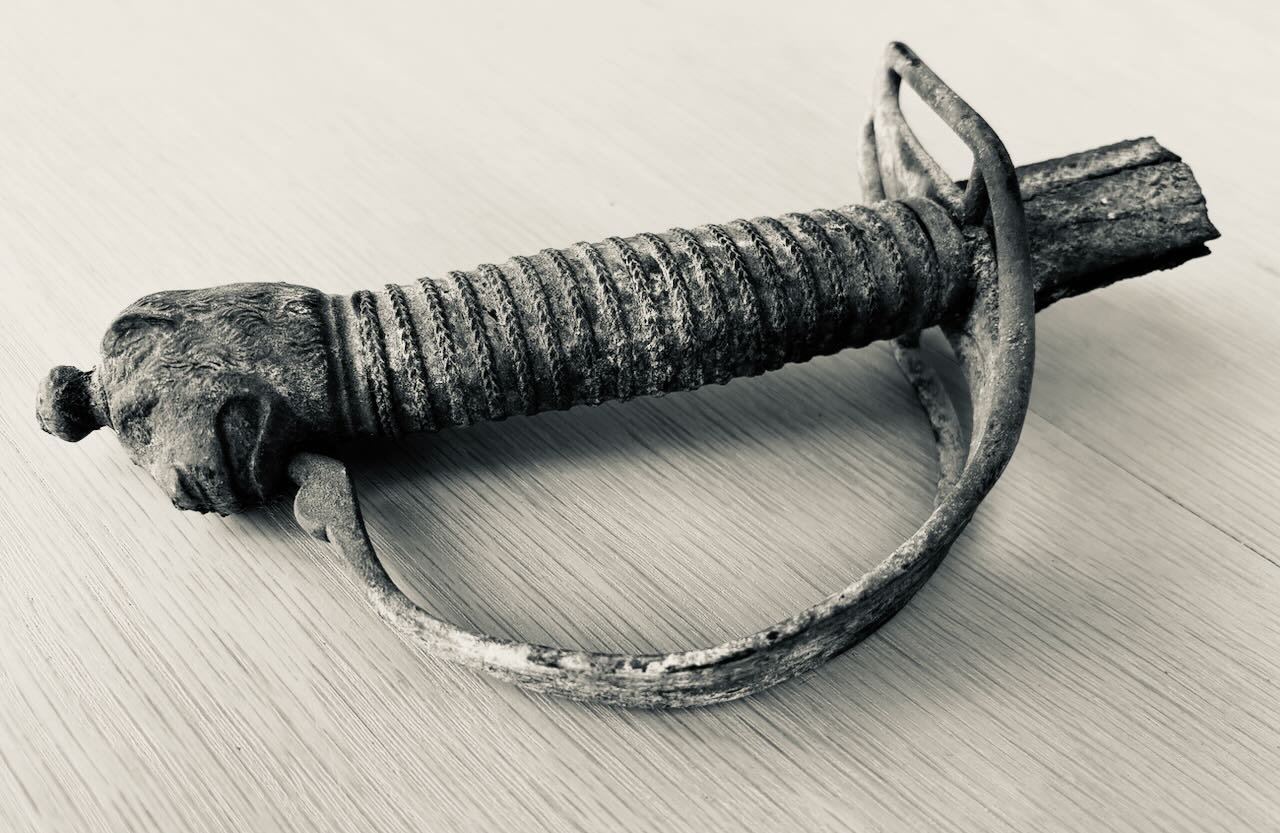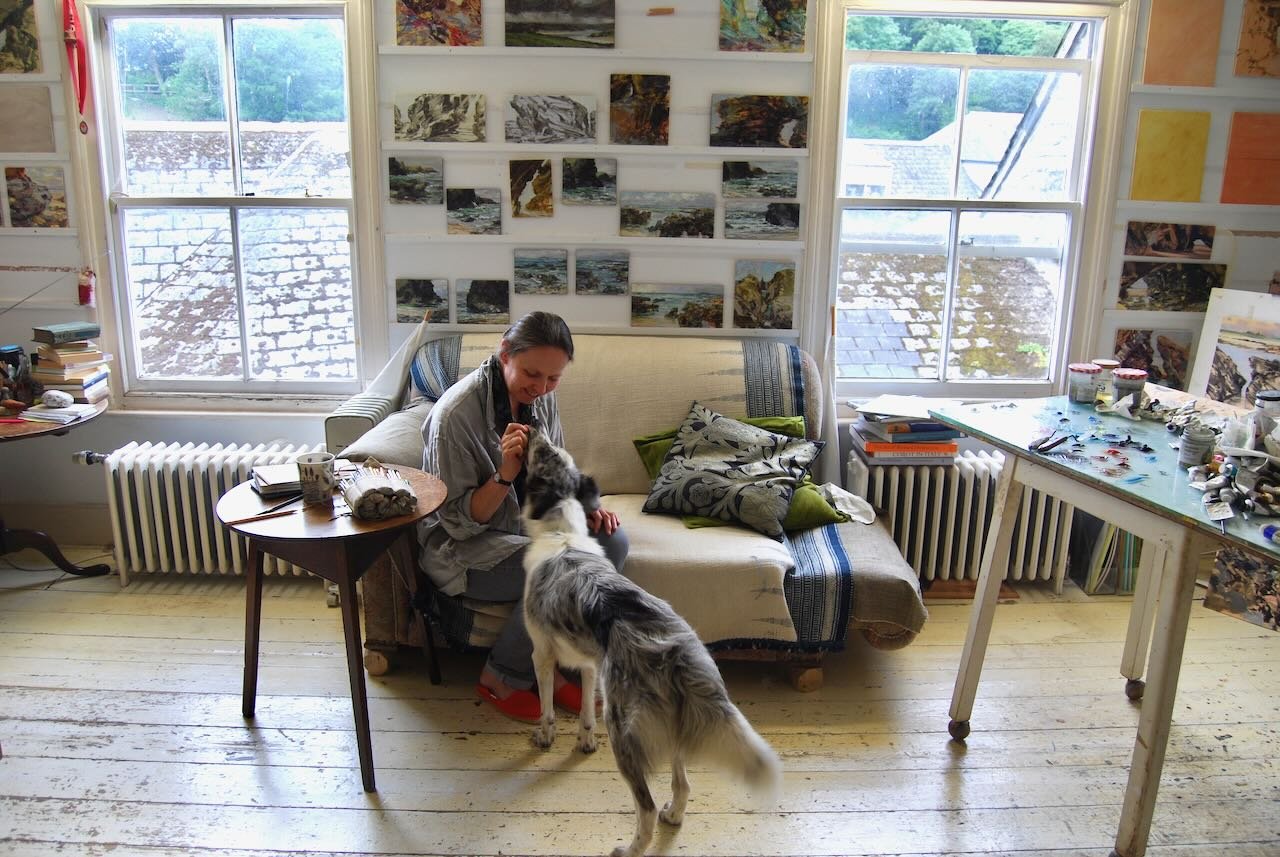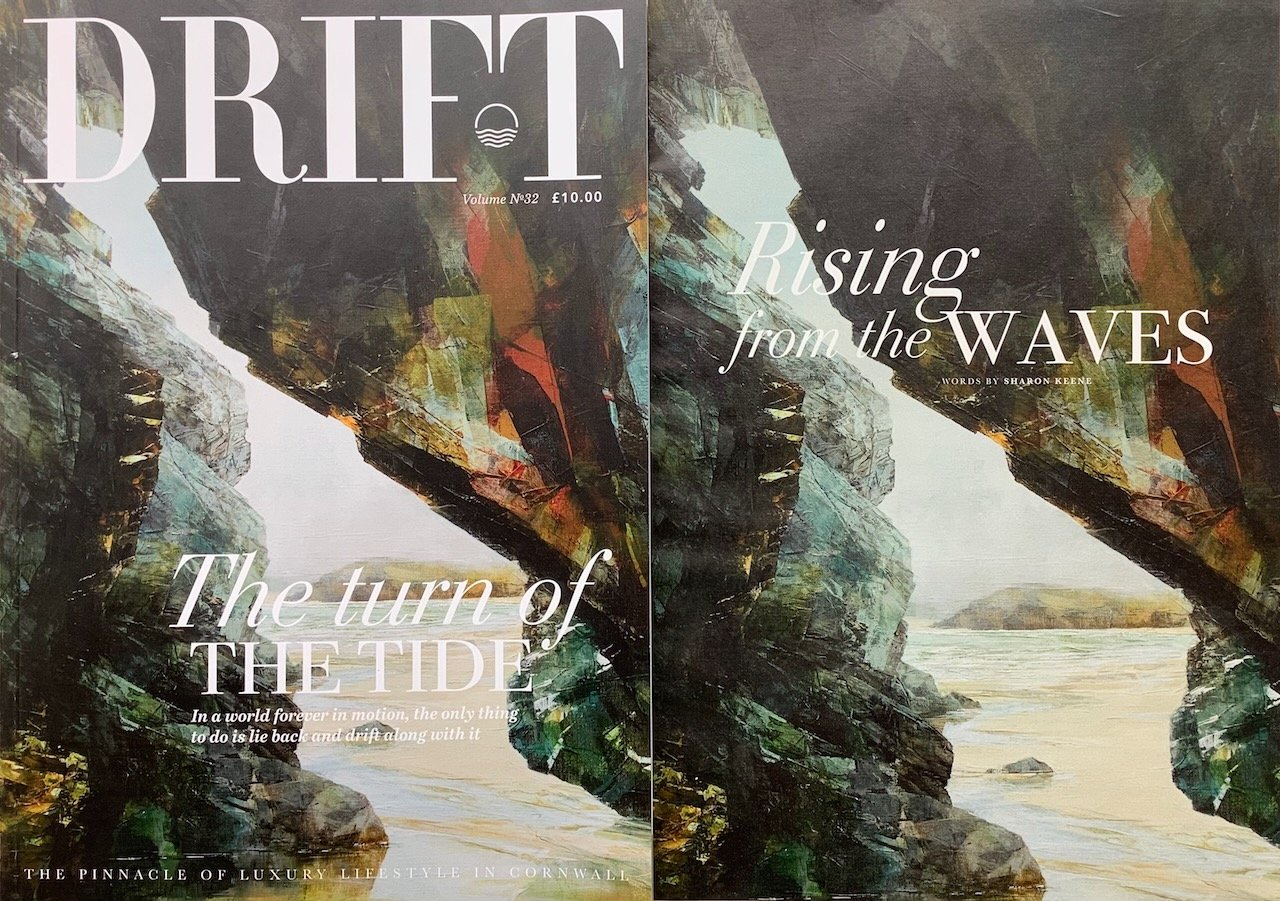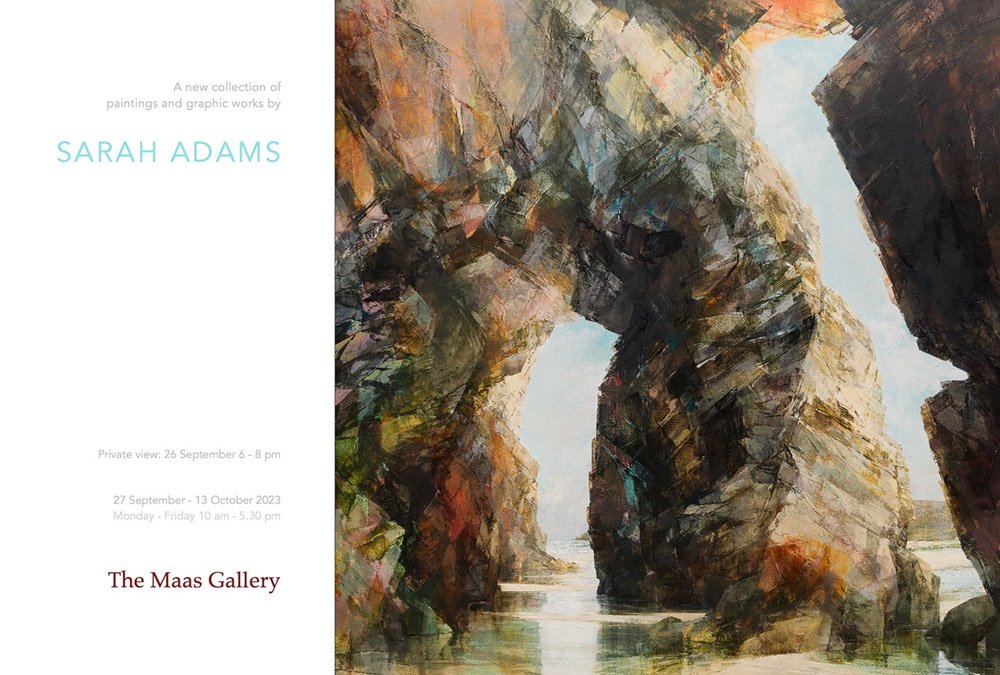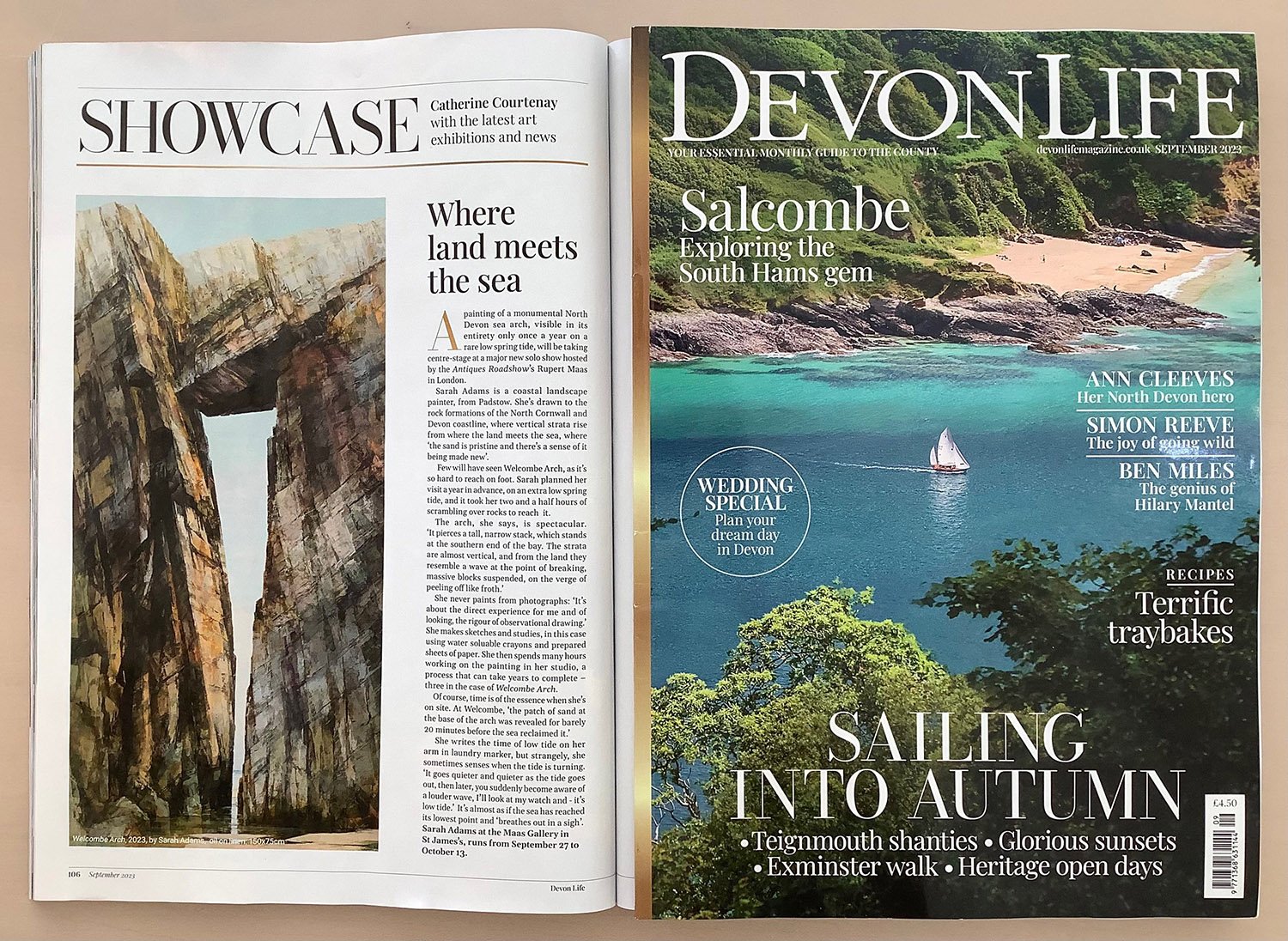News
Looking back, and forward ...
Twenty years ago I was on the hunt for a suitable home and studio in Cornwall, ideally with a shop front to provide a showcase for my work. It took many months of searching before I viewed 30, Duke Street, falling in love with the building, and with Padstow.
On January 11th, 2006, purchase completed, I collected the keys and set about adapting the space to suit my needs. The studio and gallery were the first concern, and just over two months later I'd gutted the ground floor shop, pulled down ceilings to reveal the joists and maximise the height, replaced the tired mdf fittings with an oak window sill, installed lights and a hanging system and laid a new floor. With trepidation, I opened the door to visitors just in time for Easter.
The exterior had to wait another year, restoring the window surround, and then a new roof allowed me to raise the second floor studio ceiling to a more workable height, with a mezzanine for storing paintings, and a solid screen to work on, angled to catch the light.
The Camel Estuary and the Seven Bays began to dominate my work. A fascination for coastal rock formations was already deeply ingrained, and exploring new surroundings, I found wonderful subjects and surprises around every corner. Working on site is governed by the tides, and extremes are often the most interesting; Spring lows and neap highs have a real sense of occasion, red letter days in the diary. On returning to the studio, that day's sketches are added into the mixture of studies and larger works.
It is a lovely room. The sun pours in, not the ideal north aspect that many artists prefer, but I've always adored working in this space, the contents changing day by day, month by month as paintings progress. From here I have a bird's eye view of the Easter Egg rolling and May Day processions, and shortly after that the swifts arrive in squadrons, screaming past the windows. While the years are shaped by tides and seasons, my weeks have been shaped by routine, working on large paintings in rotation, with a few hours in the gallery downstairs and long walks each day with my dog and a sketchbook.
Living 'above the shop' makes everything so simple, definitely no commute to worry about! Over the years I've made it my own, gutted or even completely replaced parts of the building, so while the gallery is in the lively Old Town, my home at the back is now a peaceful haven, full of light and space.
The building is divided into three main parts, and the central, traditionally built section needed quite a lot of attention. We took it back to the stone, and down to the original dirt floor, lining it with a good damp course and slab, proper insulation, new windows and doors, everything. Reconfiguring the space has given me a view across the rooftops to the Estuary, a chance to check the state of the tide and to see the sun rise.
The rear of the building was in a bit of a pickle too, and finally the opportunity arose to completely rebuild and extend it. As everything had to be carried on and off site a timber frame was the perfect solution, so piece by piece, huge Douglas Fir beams were hand-crafted by Carpenter Oak in South Devon, and the same team installed the whole thing within three days.
Junk shop and internet treasures have found their way in, becoming part of the fabric; ship's horns, church doors, a Georgian cabinet front, reclaimed timber and stone, a trawler bobbin.
Aquiring an additional patch of overgrown garden ended up as quite a project, but after years of digging, sieving and separating stone, rubble and topsoil, it began to take shape. There are now a series of retaining walls and terraces, and everything has grown like topsy. The Cornish hybrid Magnolia 'Albatross', planted 12 years ago as a spindly whip, finally produced its first flowers last summer, huge white buds almost 30 cm across. Every room in the extension has a relationship with the garden, and a covered seat at the top is the perfect place for a tea break, with a view across the Estuary.
This house has quite a history, much of it unwritten. It's been put to so many different uses: a bakery, a fishmonger, electrical goods, a laundrette. Even the garden held years of secrets; ponies were kept there at some point and a hoard of vintage bottles and mystery objects came to light. Digging up an 18th Century sword hilt was quite a thrill. I imagine someone hiding it in the hedge, having caused a rumpus at the Golden Lion perhaps, and never coming back to claim it.
I am so grateful for the visibility this gallery window has given me. After years of struggle to generate interest in my work, and desperate attempts to get opportunities to exhibit, all in vain, I could never have guessed quite how much impact a humble shop front could have. And it’s been great fun, collaborating with other artists, surrounded by pictures, rehanging the space and finding new combinations, with flowers from the garden and a steady stream of visitors. Over the years many clients have become dear friends, dropping by whenever they are in Cornwall.
It seems perverse to even think of leaving, now it has turned out just as I'd always hoped it would. It is a dream live-work opportunity for someone, and it will be exciting to see who will write the next chapter for 30, Duke Street. It has worked its magic for me.
So what does the future hold? I'm still here for now, and after that I'll not stray far. Needless to say, visitors will always be welcome when I've settled into my next studio, but until then, the door to Number 30, Duke Street remains open - just pull the string to ring the bell.
If you are intrigued, and would like more information about 30, Duke Street, read on
NADELIK LOWEN
Where did the year go? The annual Nadelik Lowen event in Padstow is fast approaching. On Saturday November 30th there will be a day of live music, late night shopping, craft stalls, lots of activities for children, and the Christmas Lights will be officially switched on at 5 pm. For more information, please visit Nadelik Lowen's Instagram page
The Padstow Studio will be open until 6.30 pm, and visitors will also be able to browse through a collection of unframed drawings and oil sketches. Prices range from £25 to £980.
If you can't be here that day, please do drop by another time. I have been archiving and sorting through all my stored work, and will be adding new things to the pile throughout the Christmas period. Just pull the tatty bit of string over the shop door to ring the bell, or call me on 07967 909732, and I'll nip down from the studio and let you in.
ROSALIND EASTMAN (Ros Thomas) 1946 - 2024
It is with great sadness we announce the passing of the talented artist, Ros Thomas.
We were privileged to know Ros, and to have had the opportunity to exhibit her work at the Padstow Studio in 2011.
Ros studied Fine Art at Reading University, and was awarded a David Murray Landscape Painting Scholarship from the Royal Academy in 1969. She met her husband, the painter Chris Thomas, when they were students at Reading, and they moved to North Cornwall a couple of years later. A retrospective ‘Forty Years On’, was held at the North Cornwall Museum and Gallery, and included works by both artists, celebrating their life and work in Trevalga.
Her paintings documented the coastal landscape around her home, an environment she had come to know and love so well. In her own words:
“Here a small, friendly village community is positioned on the edge of a dramatic stretch of North Cornwall’s coast. It can be a dangerous edge because of the wild drama played out between an onslaught of sea against a bulwark of land. Equally it can be gloriously radiant and serene.
Rosalind Eastman, 2011
MARCH IN PADSTOW
After taking a break for most of January and February, the gallery downstairs is now open again, with lots to see, and exciting plans for the coming months.
Of course, it wasn’t time off, strictly speaking, but a chance to focus on the studio and embark on new projects. I now have a number of large works on linen in their very early stages, and other things in the pipeline. On a recent outing to Trevone with fellow artist Rachel Welford (who took this amazing photo of Dab and I clambering out of a cave at Rocky Beach), I found a favourite rock formation had almost completely collapsed. The remnant is sure to spark another series of paintings….
Our next newsletter will go out at the end of March, but meanwhile, visitors to the gallery are very welcome every Thursday, Friday and Saturday, 11-1 and 2-5, or at other times by appointment.
In the article ‘Rising from the waves’, Sharon Keene writes about Sarah Adams’ latest work.
It is well known that Cornwall’s light attracts many artists to its shores, but at first glance Sarah Adams appears to have turned away from the sun, preferring the darkness of sea caves to the brilliance of big skies. Yet light illuminates her paintings, picking out sharp edges and facets, or the meniscus of a tidal pool. The presence of water carries it further still, reflecting up into the cavernous space. As the eye adjusts, hidden riches appear, in jewel-like colours of algae and the mineral-rich stone.
SARAH ADAMS
A new collection of paintings and graphic works
September 27th - October 13th 2023
My solo exhibition in London has now finished, but it can still be viewed online at The Maas Gallery,
DEVON LIFE
My painting, 'Welcombe Arch' is featured in the 'Showcase' section,
September 2023 issue.
